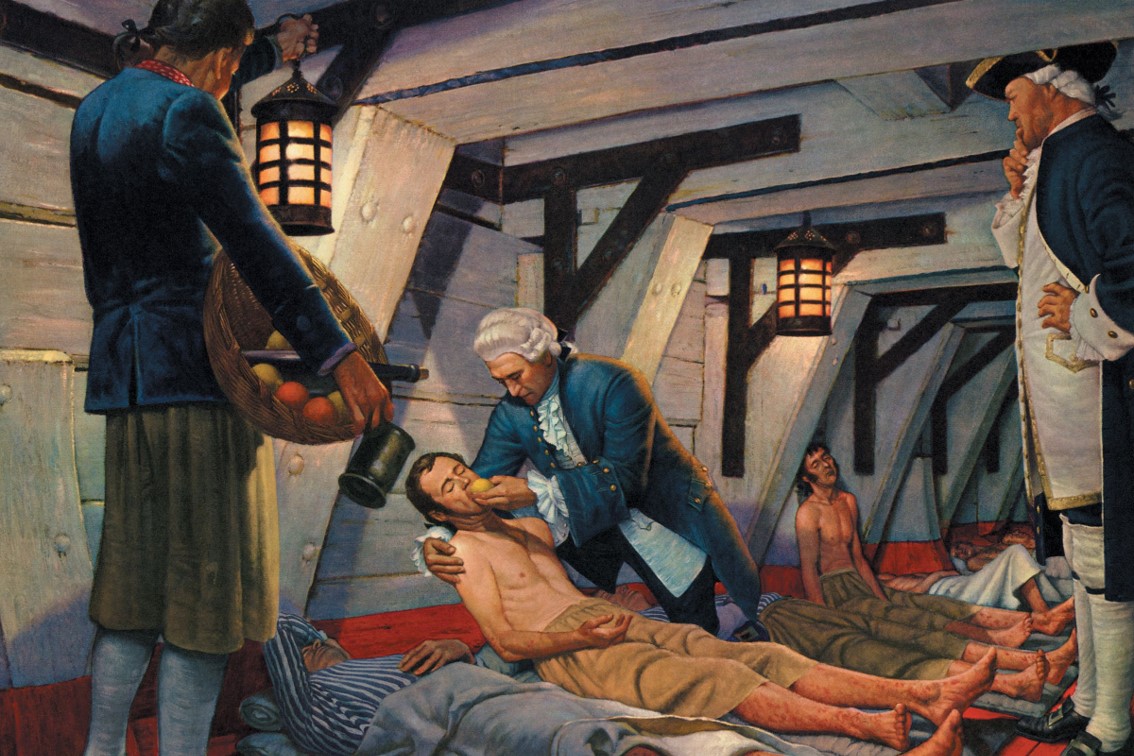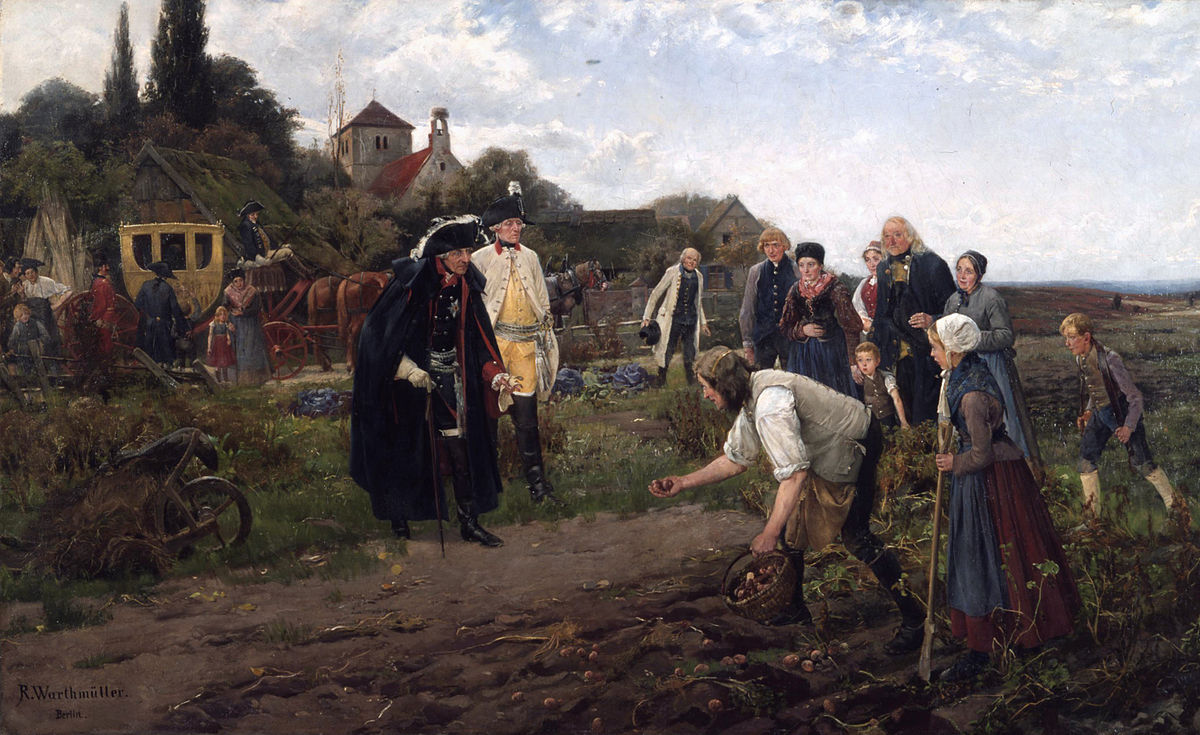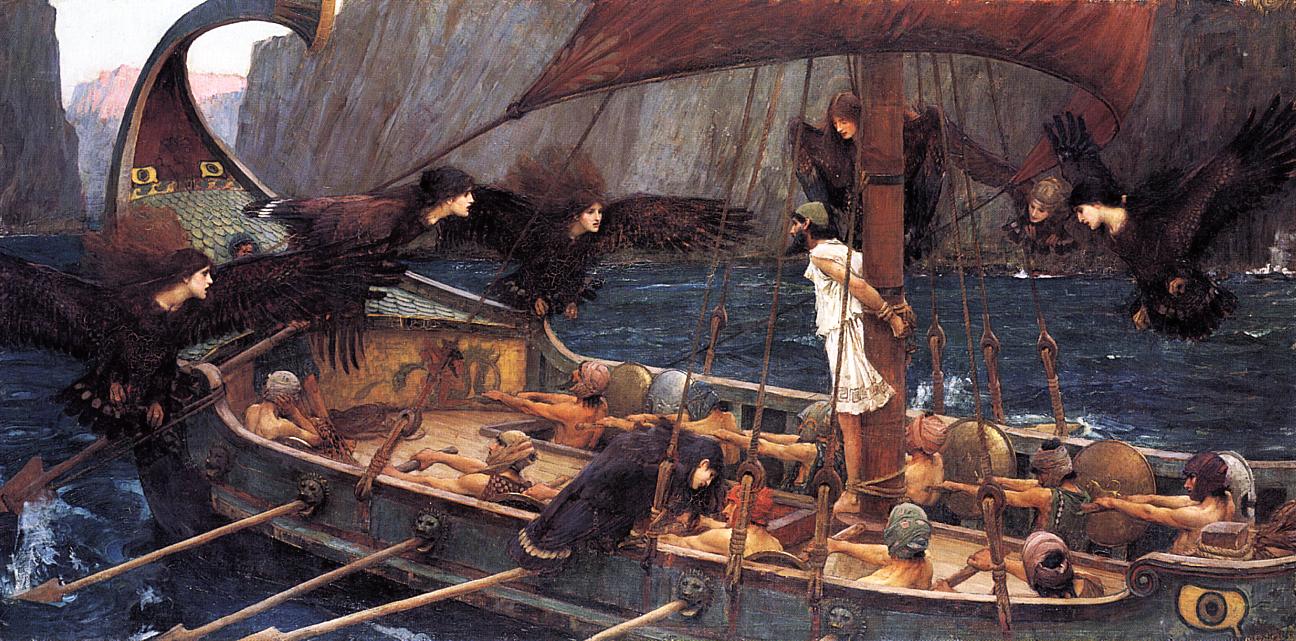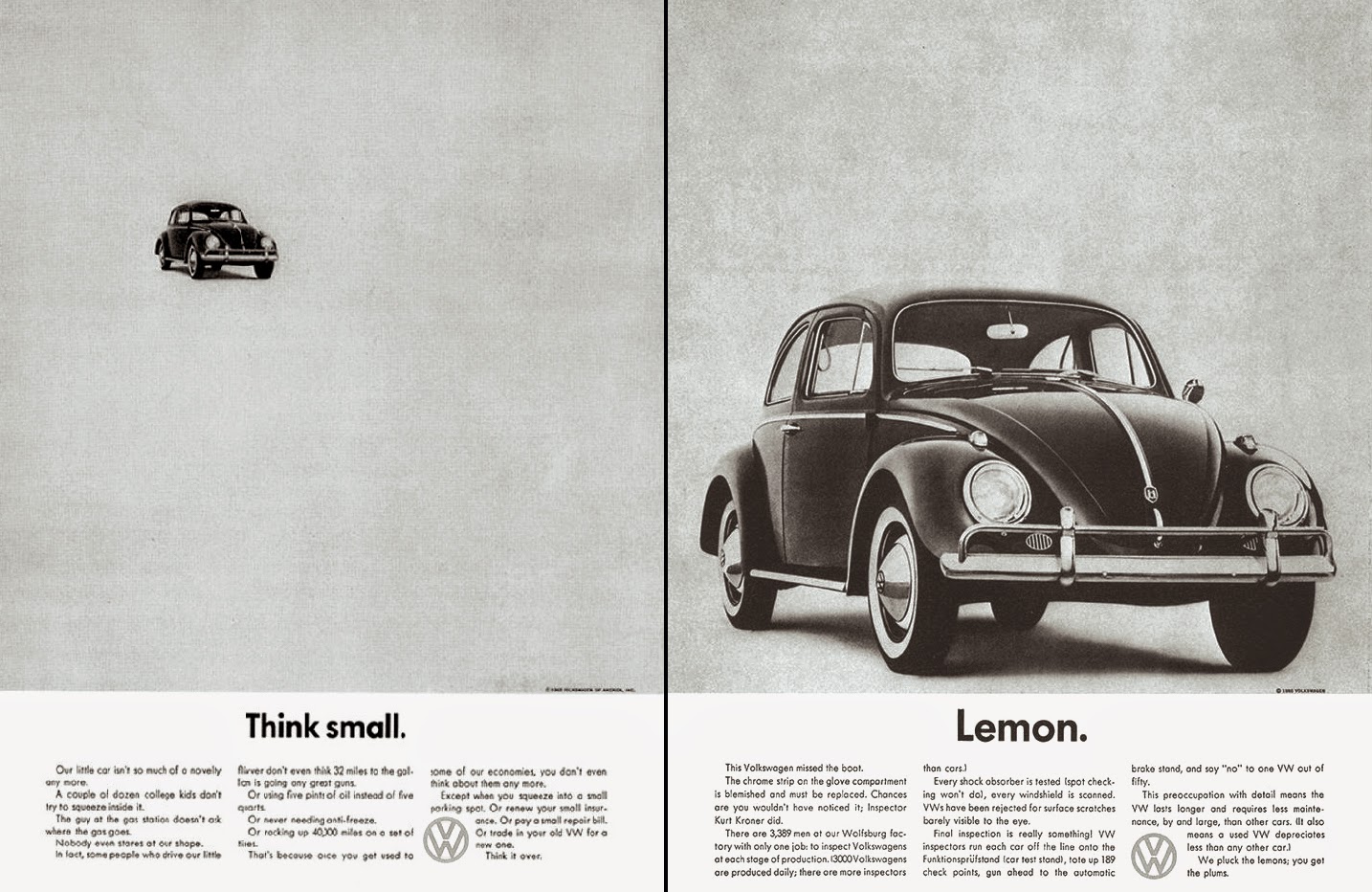In 1519, Hernán Cortés (literally) burnt bridges when he and his men set foot for the first time in continental America – a surefire way of avoiding desertion during the Spanish conquest of the Aztec Empire, and an early example of commitment devices in action.
Old School Behavioural Science
The field was created in the 2000s, but its principles are centuries old.
Charles Douglass invented canned laughter in 1953, as a way of signalling funny moments within TV shows. By hearing others laugh, the audience knew when they should laugh. But this was long before the term ‘social proof’ was invented.
1769 Captain Cook wanted sailors to eat sauerkraut to ward off scurvy, but they disliked the foreign ‘kraut’ and wanted to stick to their own food. So Cook made sure it was only served at the officers’ table, and after a week all the sailors wanted some: authority bias in action.
You don’t have to look at survey data to find social desirability bias. The Emperor’s New Clothes, a 1837 folktale written by the Danish author Hans Christian Andersen, tells the story of a vain emperor who believes his magical clothes are visible only to the worthy. Everyone, including the emperor, pretends to see the clothes to avoid appearing unfit, until a child innocently points out the emperor is naked.
The power of scarcity was known back in the 18th century. After farmers rejected Frederick the Great’s proposal to grow more potatoes, he planted a royal field with potato plants and ordered his guards to protect them. Before long, peasants started stealing these ‘royal potatoes’ and growing them in secret.
What’s the best way to recruit British soldiers in World War I? Appeal to authority. The iconic poster used none other than Lord Kitchener, the British Secretary of State for War, to motivate the public to volunteer.
The Pratfall Effect states that people can demonstrate honesty by acknowledging a weakness. Stella applied this principle in 1982, before it had a name, with the iconic ‘Reassuringly Expensive’ campaign.
Commitment devices go back to 800 B.C. In Homer’s Odyssey, Ulysses hears of the sirens whose enchanting songs bewitch sailors to jump off their ships. So he asks the crew to tie him to the ship’s mast long before they cross paths with the sirens, and tells them to plug their ears with beeswax so they can’t hear the noise.
How could Volkswagen hope to outsell competitors with a cheap, slightly ugly German car? Flaunt your flaws, and ask consumers to ‘think small’.









